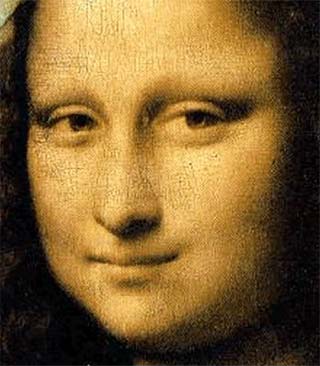The reason why I don't buy Grado's

my stuffs tend to be geared towards value rather than purely SQ. Surely not all of them are such, but most of them!
Now the idea I spoke about testing... wonder if anyone has free time to try it out as well?
Basically I was wondering if speaker stand concepts can be applied to headphones: if the speakers were the headphones, then the stand would be whatever is in between that and the surface its sitting on; the earpad.
I was told that to achieve better sound on speakers (forgot what it was exactly... better soundstage or something?), the less contact point between stand and speaker should be minimized. In that case, pyramids or cones would be ideal speaker stands. So I decided to replicate these stands for the headphone.
Since having too much leaks between headphone and ears would make many frequencies lossy, applying point supports may not be a good idea; earpads are soft objects and may not support them well either. So I took some tissue boxes (again) and made triangular prisms out of them. Two 7cm long and two 5cm long prisms of about 1cm height per side. Taking one flat side and applying double sided tape to it, I stuck them to the rear of the earpads so a rectangular is formed. Now the earpads's contact with the headphones is greatly reduced, and the depth also (depending on how tall your prisms are).
By doing this I actually lost bass (as expected), and highs became more prominent. This could be due to the fact that the added 'enclosure' is not closed though. Sound stage increased, as expected. But overall this method of putting distance between driver and ear sounded better at least to me than doubling the layers of earpads or stuffing cotton (stock pads, mind you). Of course, the earpads are now pretty much only held on by clamping force but eh... thought maybe this method may have some worth to it if applied properly? If anyone has free time to kill and is willing to try, let me know your results! perhaps trying with less than 1cm height. My brain isn't very good at analyzing nuances...
(also considered stuffing it with plasticine or cotton or something, but didn't in the end because my setup was way too primitive.)

























